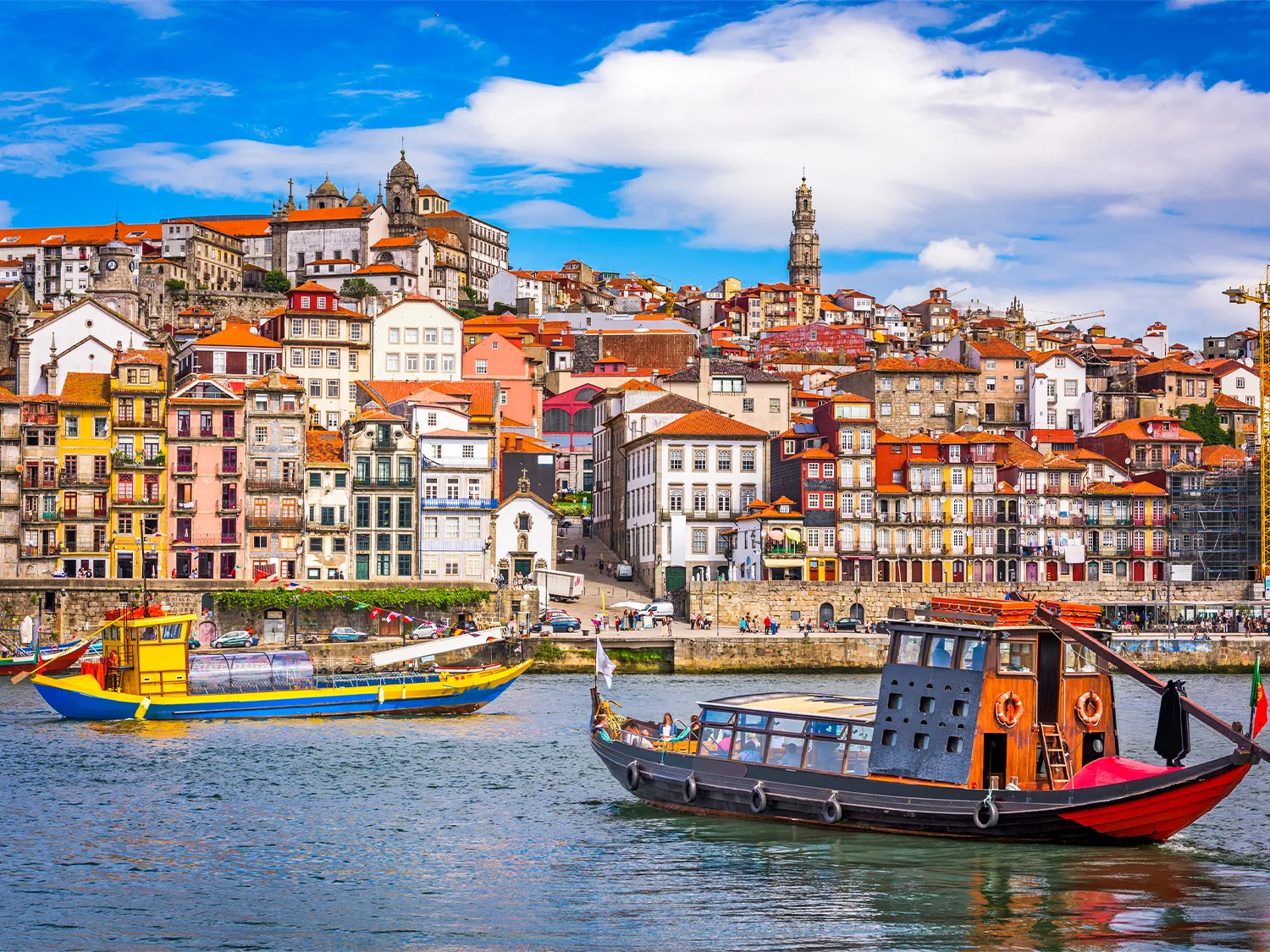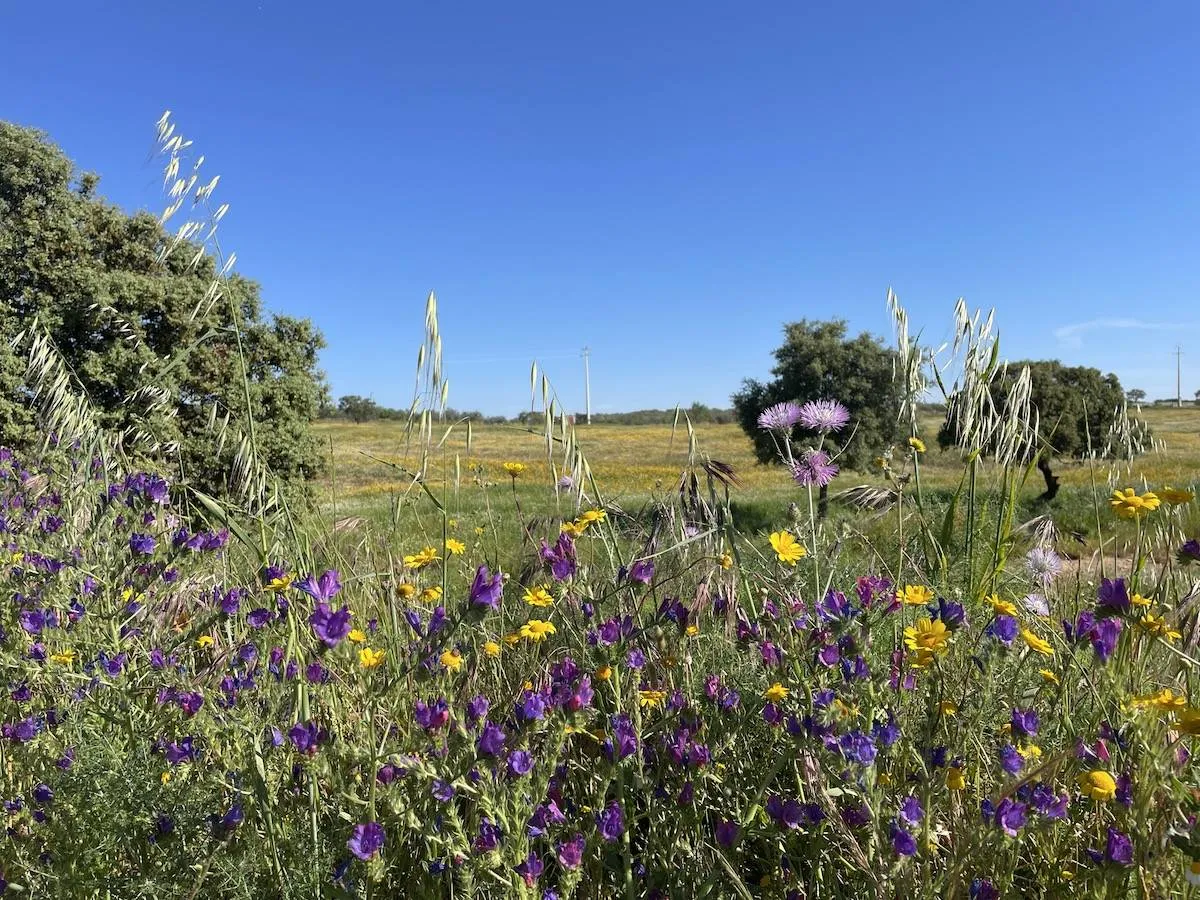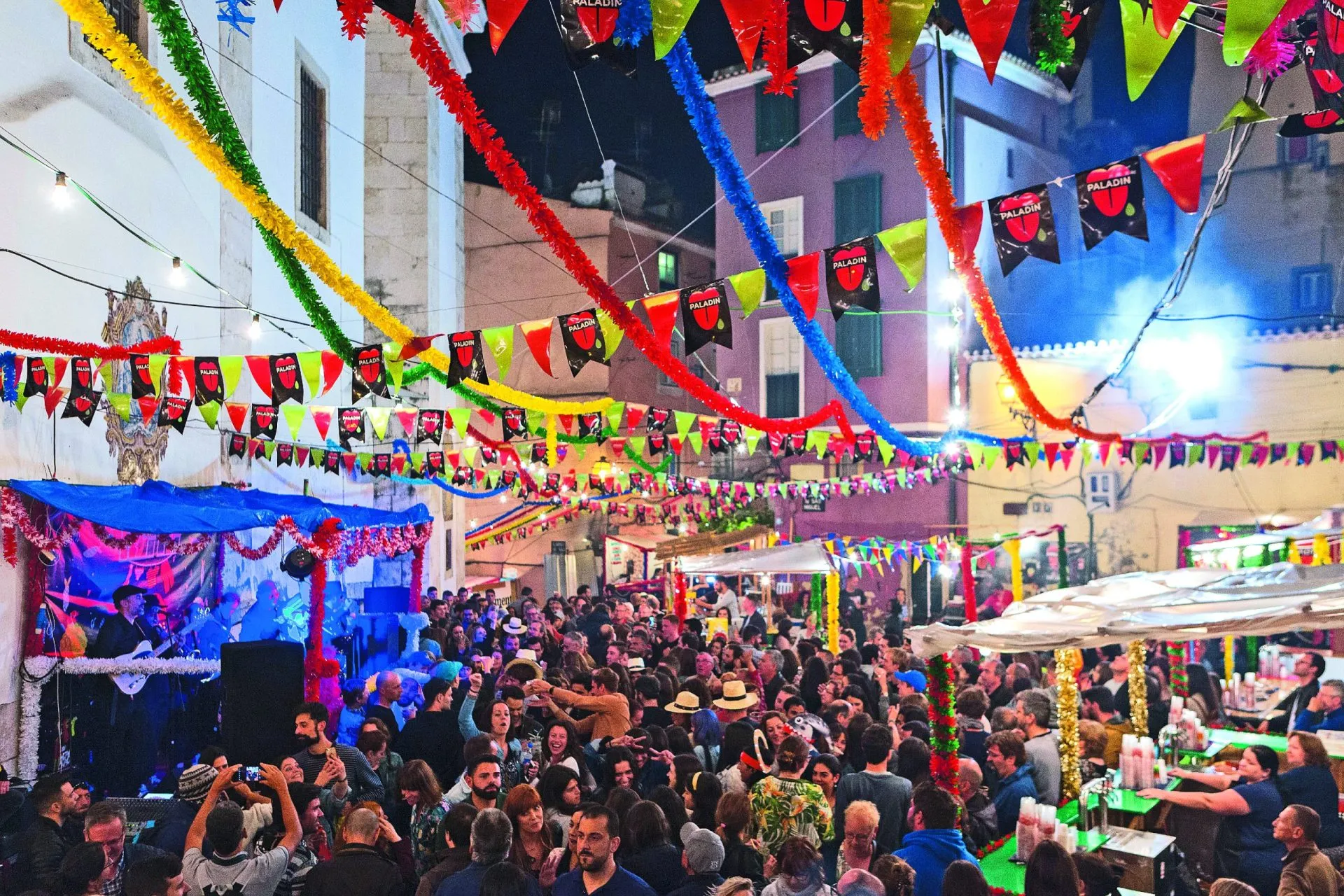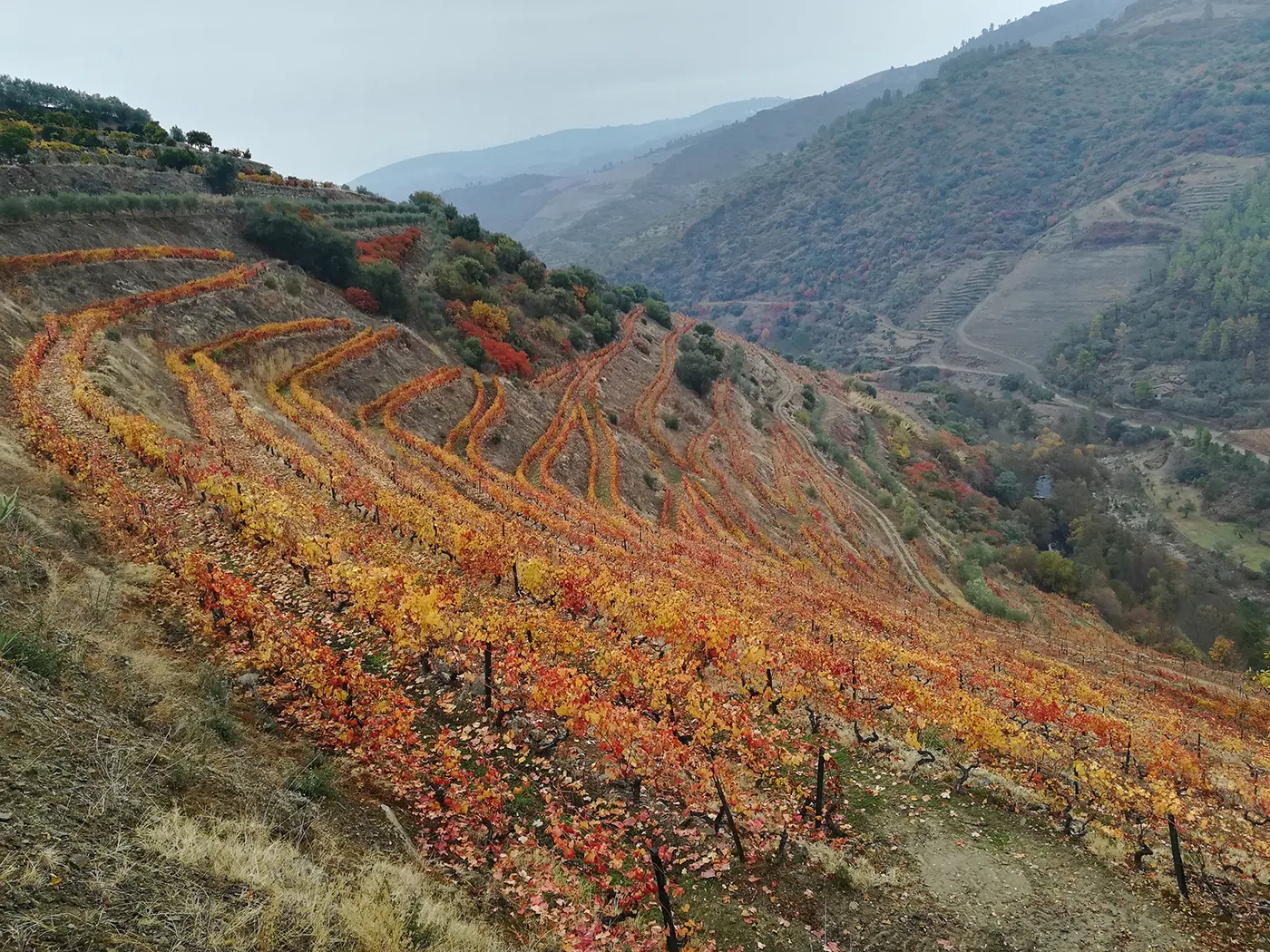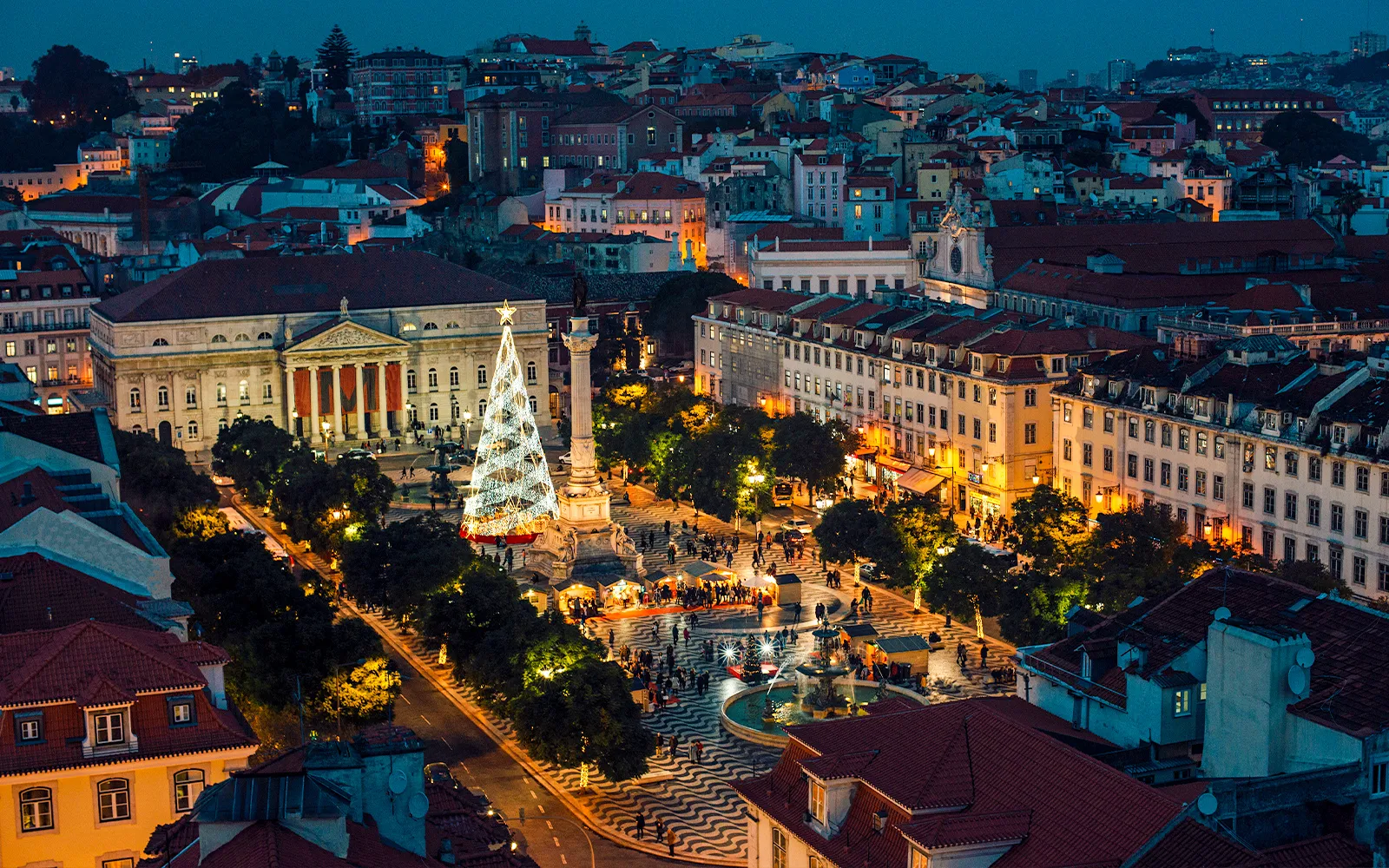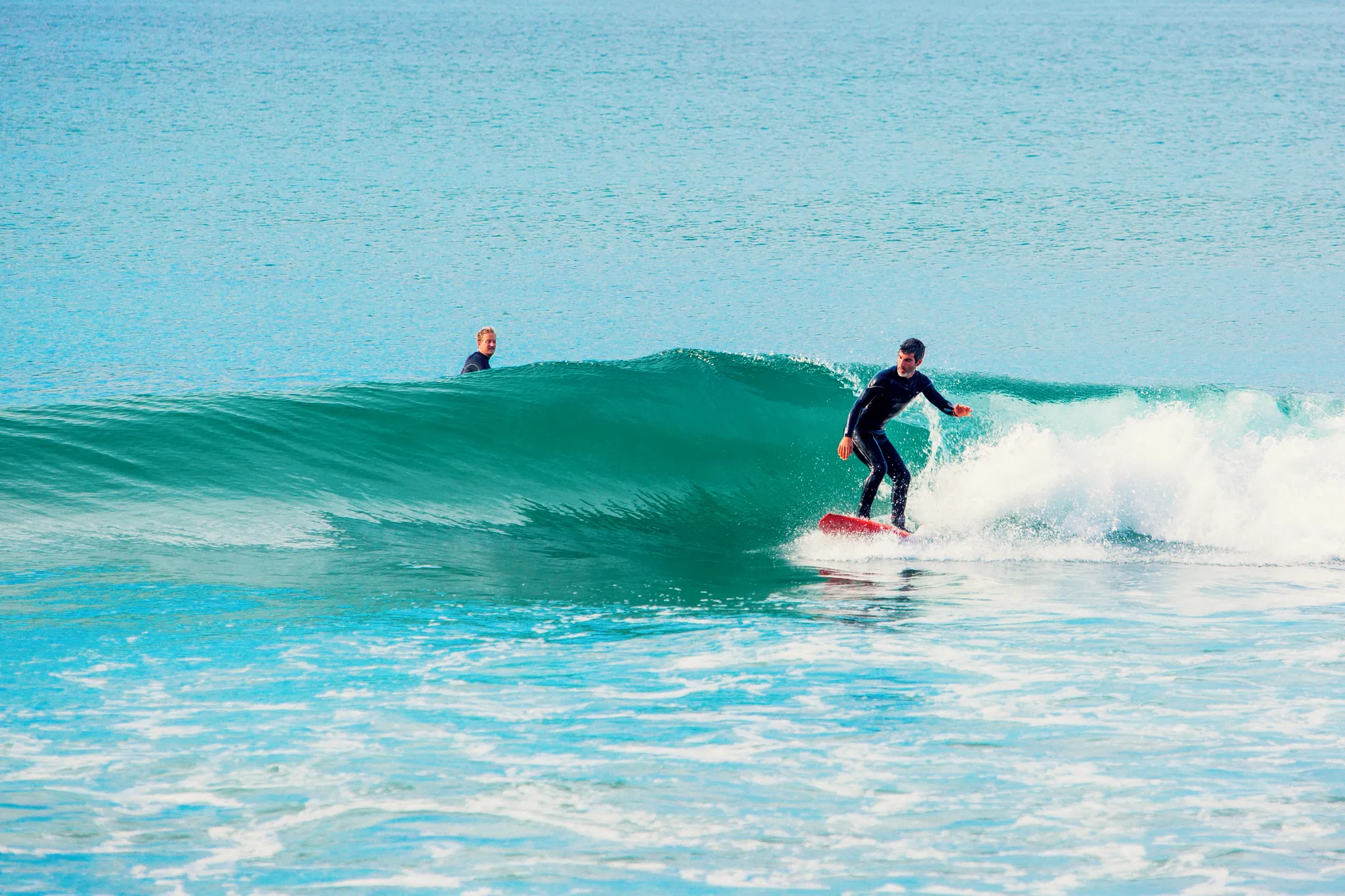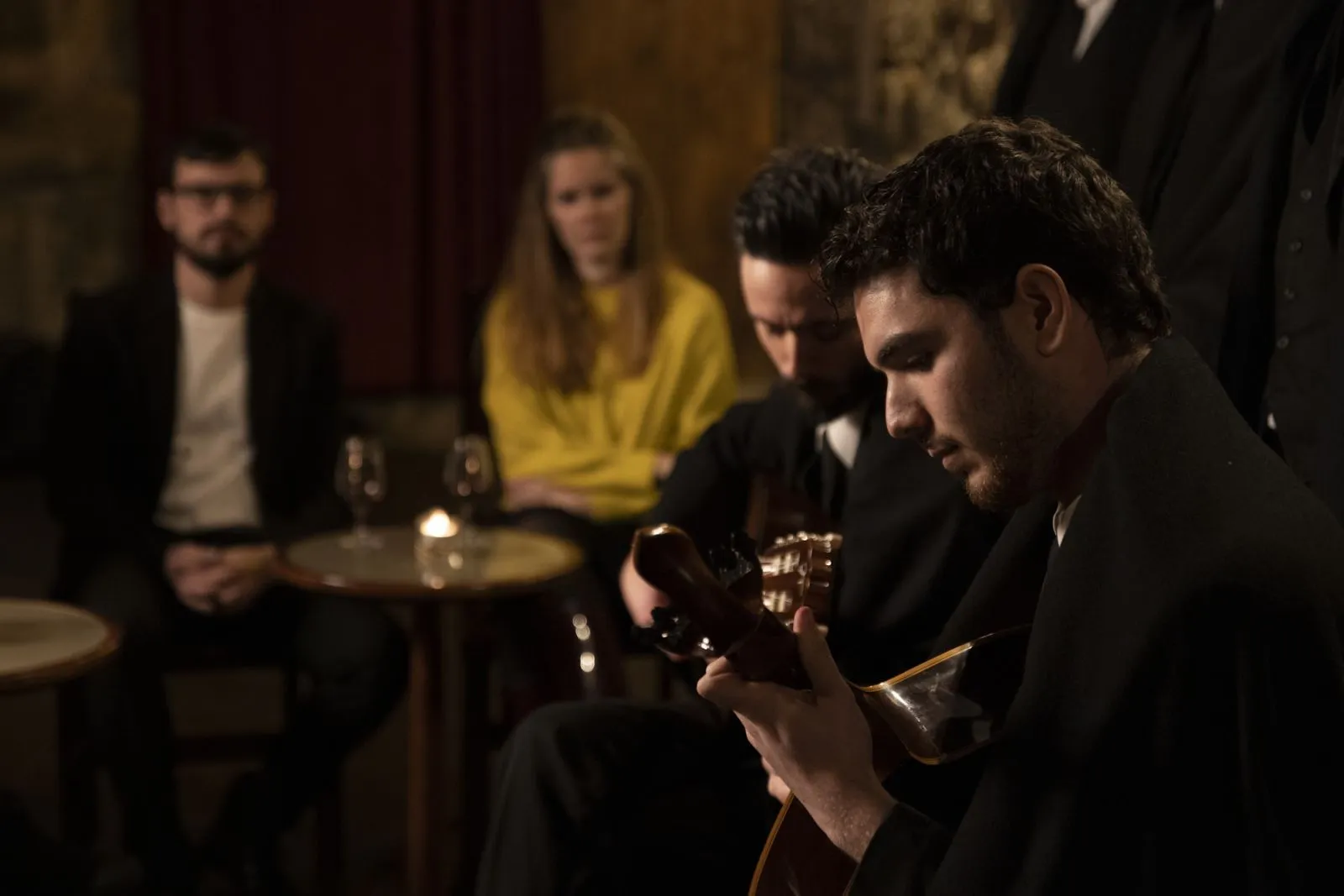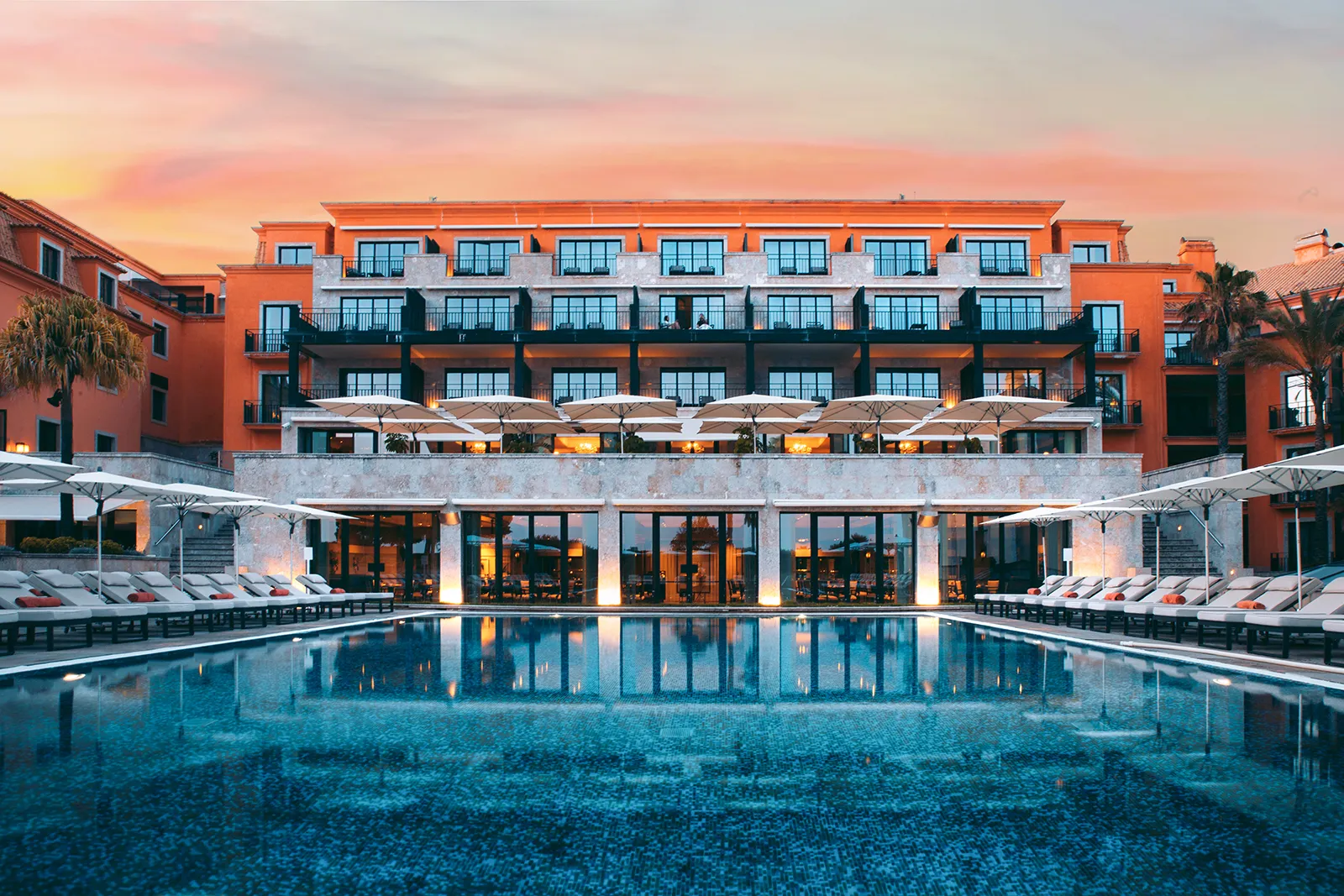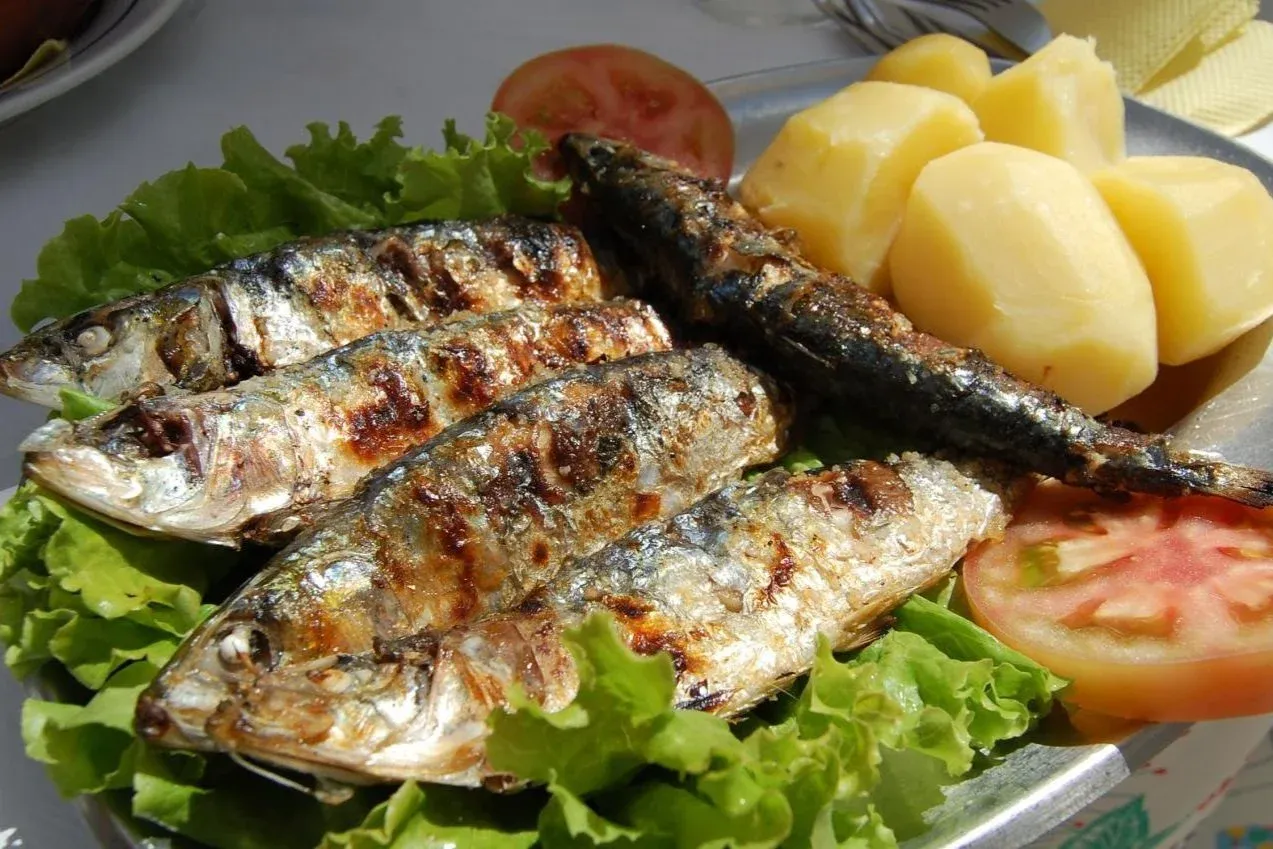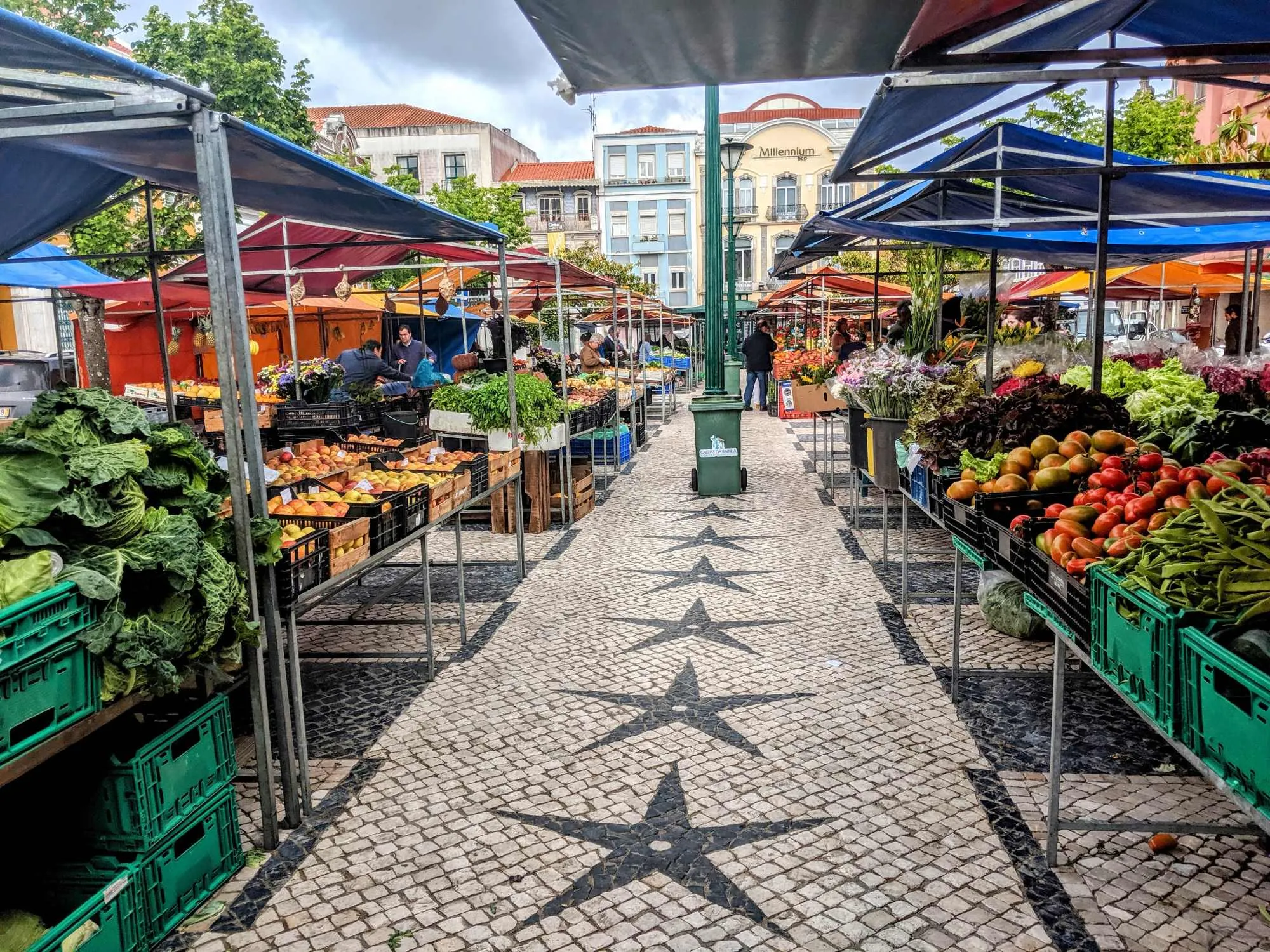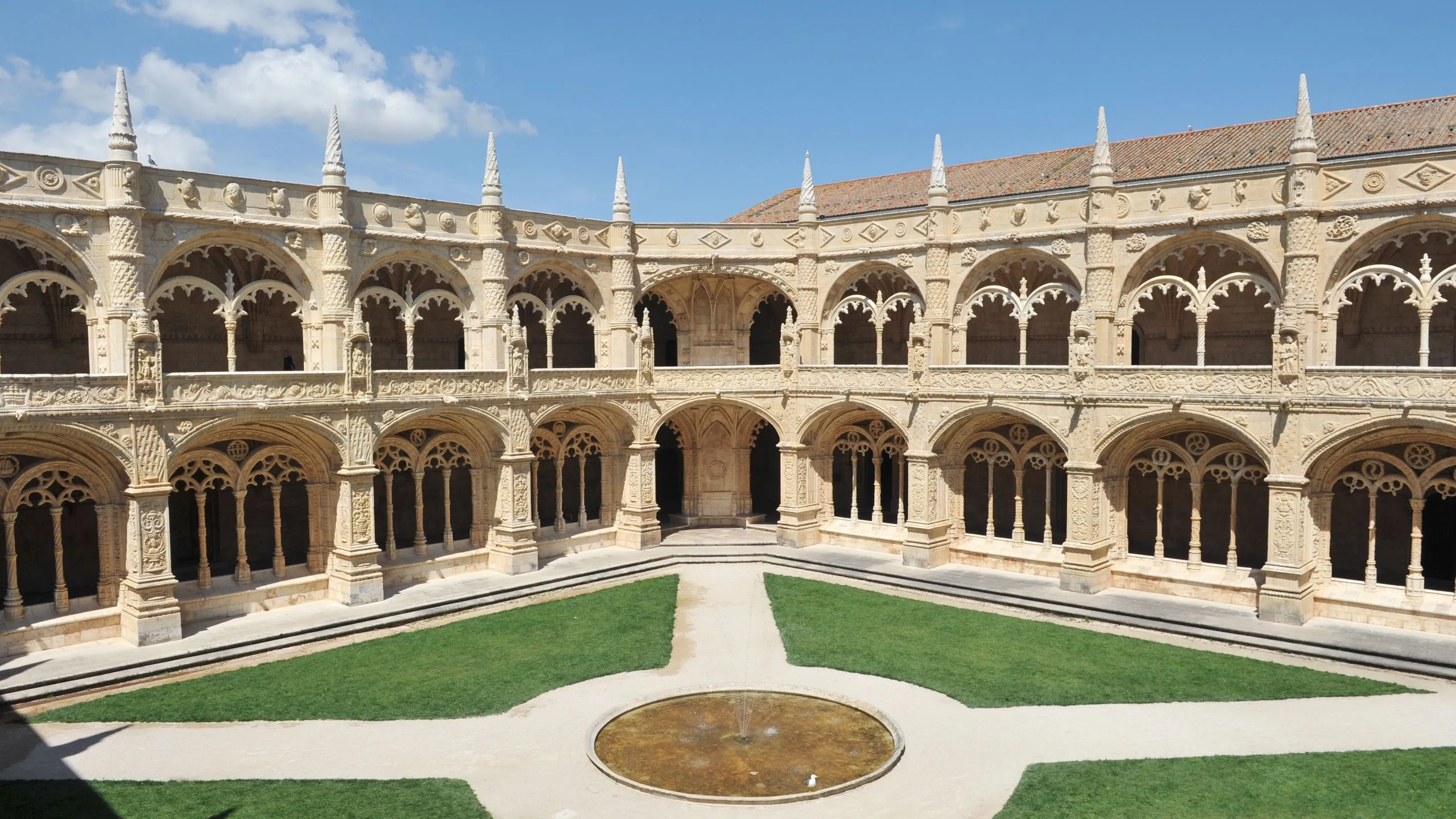Planning a trip to Portugal but not sure when to go? After over a decade of exploring this incredible country, from the golden beaches of the Algarve to the terraced vineyards of the Douro Valley, I can tell you that timing makes all the difference. The best time to visit Portugal depends entirely on what you’re after—whether it’s sun-soaked beach days, vibrant cultural festivals, peaceful hiking through blooming landscapes, or simply the most budget-friendly escape possible.
This guide breaks down everything you need to know about Portugal’s weather, crowds, and events to help you decide on the perfect time for your adventure.
Understanding Portugal’s Travel Seasons
To plan the perfect trip, it’s essential to understand Portugal’s distinct seasons. Each period offers a completely different experience in terms of weather, crowds, and costs.
High Season (Late June – August)
This is peak season in Portugal, promising guaranteed sunshine, perfect beach weather, and festivals galore. However, you’ll pay premium prices and navigate large crowds, but the energy is absolutely infectious. The main trade-off is the intense heat, which can make city sightseeing challenging, especially in inland areas.
Shoulder Seasons (April – Early June & September – October)
These months hit the sweet spot that most travelers dream of. The weather is what locals call “sublime”—warm yet comfortable, perfect for everything from coastal walks to wine tastings. Crowds thin out significantly, prices drop, and Portugal’s landscapes are at their most stunning. Many consider this the best time to visit Portugal for a balanced experience.
Low Season (November – March)
Budget travelers, this is your moment for an off-season Portugal trip. You’ll experience the country at its most authentic, with locals going about their daily lives unhurried by tourism. While it’s cooler and rainier (especially up north), you’ll enjoy incredible cultural experiences without the queues.
Spring in Portugal (March-May): A Time of Awakening
Spring transforms Portugal into something magical. The entire country feels alive with vibrant green landscapes and stunning wildflower displays, particularly in the Alentejo region. It’s ideal hiking weather before the intense heat of summer arrives.
- March serves as a transition month. The southern Algarve warms up nicely, while the north can still be cool and wet. This is a prime time for watching almond trees bloom in the Douro and Algarve regions, and you’ll have Lisbon and Porto practically to yourself.
- April brings reliably pleasant weather and major Easter celebrations. Braga becomes particularly special during Holy Week (Semana Santa), with deeply moving torch-lit processions that offer incredible cultural immersion opportunities.
- May is often voted the perfect month by locals and travel experts alike. As Rick Steves notes, “Spring and fall offer the best combination of good weather, long days, and plenty of tourist and cultural activities.” You’ll catch major events like the massive Fatima Pilgrimage on May 13 and the lively Queima das Fitas student festival in historic Coimbra.
The spring season offers authentic cultural experiences that summer tourists often miss. Events like Braga’s Holy Week or regional celebrations such as the Festa das Cruzes in Barcelos remain deeply traditional—you’ll see Portugal celebrating for itself rather than for visitors.
Key Spring Festivals:
- Holy Week (Semana Santa): Elaborate processions in Braga and medieval Óbidos.
- Madeira Flower Festival: A late-April celebration transforming Funchal into a floral paradise.
- Queima das Fitas: A week-long university celebration in Coimbra with parades and fado music.
Summer in Portugal (June-August): A Season of Celebration
Summer brings pure energy to Portugal with long, hot, sunny days perfect for beach life. The entire country pulses with music festivals and street parties, but you’ll also face peak crowds and prices during your summer vacation.
- June offers the best summer experience before things get overwhelming. This is when Portugal truly comes alive with the Festas dos Santos Populares (Popular Saints Festivals). Lisbon erupts for Santo António on June 12, while Porto celebrates the massive Festa de São João on June 23. For a high-energy, festive atmosphere, June is non-negotiable.
- July and August represent the absolute peak of tourism. Expect scorching heat, massive crowds, and premium prices across the board. The Algarve coast gets packed with vacationing European families, making popular beaches difficult to enjoy. Cities like Lisbon can feel overwhelmingly hot and crowded.
Here’s a strategic insider tip: while southern and interior regions experience brutal heat (often above 104°F/40°C), the northern coast around Porto stays cooler thanks to Atlantic breezes. Smart travelers enjoy Lisbon’s festivals in June, then escape north as the intense heat builds in July and August.
Key Summer Festivals:
- Festas de Lisboa (Santo António): A month-long Lisbon celebration with street parties and grilled sardines, peaking June 12-13.
- Festa de São João: Porto’s biggest party on June 23-24, famous for its Douro River fireworks.
- NOS Alive: A major international music festival near Lisbon in July.
Autumn in Portugal (September-November): The Golden Harvest
Autumn is often described as “magical” by travelers who experience it. Summer’s intensity fades into warm, pleasant weather, while the ocean reaches its warmest temperatures, especially in September. As crowds disappear, a relaxed atmosphere settles over the country.
This season is a paradise for food and wine lovers, centered around the grape and chestnut harvests fundamental to Portuguese culture. A Douro Valley river cruise in late September offers unforgettable experiences, with terraced vineyards turning brilliant gold and red while the valley buzzes with vindimas (grape harvest) energy.
- September combines lingering summer warmth with post-summer calm. The Algarve sea hits its warmest temperature while peak-season crowds depart, making it perfect for combining beach time with comfortable sightseeing.
- October maintains pleasant weather, especially in Lisbon and the south, though the risk of rain increases up north. Mild temperatures make this ideal for outdoor activities like hiking in national parks. You’ll also catch the second major Fátima pilgrimage on October 13.
- November officially starts the rainy season and the true off-season. Budget travelers love this month for indoor activities like museums and galleries. The highlight is São Martinho (St. Martin’s Day) on November 11, when communities gather around bonfires roasting chestnuts and tasting new wine.
Autumn uniquely positions itself as the “Foodie’s Season.” You’re not just eating; you’re participating in harvest traditions that form the backbone of Portuguese gastronomy. The vindimas, the National Gastronomy Festival in Santarém, and Magusto chestnut roasts offer authentic connections to the land and its culinary cycles.
Key Autumn Festivals:
- Grape Harvest Festivals (Vindimas): Throughout the Douro and Alentejo wine regions, with tours, tastings, and harvest participation.
- Feira de São Mateus: An ancient fair running from August into September in Viseu.
- São Martinho/Magusto: A nationwide celebration on November 11 with roasted chestnuts and new wine.
Winter in Portugal (December-February): The Authentic Escape
Winter in Portugal attracts budget-conscious travelers and those seeking authentic local experiences away from tourist crowds. Cities become peaceful, perfect for exploring world-class museums, historic monuments, and cozy taverns without lines. You’ll find two distinct climates: the north stays wet and chilly, while the Algarve remains mild and frequently sunny, offering a pleasant winter sun destination.
- December mixes festive cheer with off-season quiet. Christmas markets appear in Lisbon and Porto’s main squares, creating a cozy atmosphere without the extreme cold found elsewhere in Europe. Madeira hosts its world-famous New Year’s Eve fireworks display, recognized as one of the world’s largest.
- January typically brings the year’s coldest, wettest weather and the quietest period for tourism. This translates to rock-bottom flight and hotel prices, ideal for budget-friendly city breaks if you don’t mind potential rain.
- February builds energy approaching Carnival (Entrudo), with vibrant celebrations in towns like Loulé (Algarve), Torres Vedras (near Lisbon), and Madeira. Late February also brings the first almond blossoms to the Douro and Algarve.
Here’s a fascinating paradox: the Atlantic storms that make winter “undesirable” for typical sun-seekers create world-class spectacles for adventure travelers. These same storms generate the giant, world-famous waves at Nazaré, with the peak season running from November to February.
Key Winter Festivals:
- Christmas Markets: Festive markets in Lisbon’s Praça do Comércio and Porto’s squares.
- New Year’s Eve in Madeira: A world-renowned fireworks display in Funchal.
- Carnival (Entrudo): February celebrations in Loulé, Torres Vedras, and Madeira.
- Essência do Vinho: A major four-day wine festival in Porto’s Palácio da Bolsa each February.
Best Time to Visit Portugal for Specific Activities
Portugal Beach Holidays: When to Go for Sun and Sand
- The Obvious Choice (July-August): Guarantees hot weather, the warmest sea temperatures, and a vibrant beach town energy perfect for families on school holidays. The downsides include crowded beaches, high prices, and the need for advance booking.
- The Savvy Traveler’s Choice (June & September): Our expert recommendation for beach holidays. The weather remains fantastic for swimming and sunbathing, with significantly fewer crowds and more reasonable prices. September particularly shines, as the Atlantic reaches its peak warmth after three months of summer sun.
City Breaks in Lisbon and Porto: Ideal Months to Explore
- Best Time: Spring (April-May) and autumn (September-October) are unequivocally the best for exploring Portugal’s major cities. The weather stays mild and comfortable for walking Lisbon’s seven hills or exploring Porto’s historic Ribeira district.
- Special Mention (June): For travelers who prioritize atmosphere over tranquility, June offers exceptional experiences. City-wide festivals like Festas de Lisboa and Festa de São João create incredibly lively, albeit busy, city break experiences.
Outdoor Adventures and Hiking in Portugal
Spring and autumn offer the best conditions for outdoor adventures:
- Spring (April-May): Landscapes reach peak beauty with lush, green countryside and wildflowers blooming across regions like the Alentejo and along stunning coastal trails such as the Rota Vicentina.
- Autumn (September-October): Milder temperatures are perfect for challenging treks in mountainous regions like Peneda-Geres National Park or Serra da Estrela.
- Expert Tip: Avoid hiking in Portugal’s interior during July and August—the heat in regions like the Alentejo can be dangerously intense. Summer visitors should stick to coastal trails or northern mountains.
Douro Valley Wine Tours: The Harvest Season
- For the Full Experience (September-October): Visiting during the grape harvest (vindimas) provides unique cultural experiences. Witness winemaking firsthand, with many quintas offering special harvest tours, tastings, and traditional grape-stomping opportunities.
- For Scenery and Pleasant Weather (April-May): Spring makes the valley exceptionally beautiful with vibrant, lush green terraced slopes. The weather is perfect for sun-drenched terrace wine tastings without summer’s intense, dry heat.
Surfing Adventures for All Levels
- For Big Wave Experts (October-March): The legendary giant swells at Nazaré are a winter phenomenon created by powerful Atlantic storms—spectacular for cliff-watching or for elite surfers only.
- For All Levels (Year-Round): Portugal offers year-round surfing, with spots like Peniche and Ericeira providing reliable waves throughout the year. The summer months (May-October) feature smaller, manageable waves and warmer water, which is ideal for beginners. Winter (November-April) brings stronger swells for experienced surfers.
Portugal’s Climate by Region: Planning Multi-Destination Trips
Understanding regional climate variations is crucial when planning trips since Porto’s weather can vastly differ from the Algarve’s on the same day.
- The North (Porto & Douro): A strong Atlantic influence creates cooler, wetter winters and milder, pleasant summers. Abundant rainfall makes the landscapes famously green.
- The Center (Lisbon & Silver Coast): A balanced climate with hot, sunny summers tempered by ocean breezes. Winters are milder and drier than the north but wetter than the south.
- The Interior (Alentejo): A continental climate with extreme temperatures—scorching hot, dry summers and surprisingly cold winters.
- The South (Algarve): A dry, sunny microclimate boasting Portugal’s best year-round weather, with hot summers and mainland Portugal’s mildest winters.
Budget Planning: When to Find Portugal Travel Deals
- Cheapest Time: The low season, from November to February (excluding Christmas/New Year holidays), consistently offers the lowest flight and hotel prices. February often sees the most US flight deals.
- Most Expensive Time: Peak summer (June-August) and major holidays like Easter and Christmas see prices surge by 30% or more compared to shoulder seasons, especially for accommodation on the Algarve coast.
- Booking Strategy: For peak season travel (May-September), book hotels 7-9 months ahead. For the shoulder seasons (April, October), aim for 4-6 months’ advance booking. The low season allows more flexibility, though booking ahead is still recommended for the best properties.
While Portugal offers incredible experiences year-round, the best time to visit Portugal for most travelers remains the shoulder seasons of spring (April to early June) and early autumn (September to October). During these periods, you’ll find that perfect balance of pleasant weather, manageable crowds, and reasonable prices that makes every moment feel effortless and authentic.
Read more:
